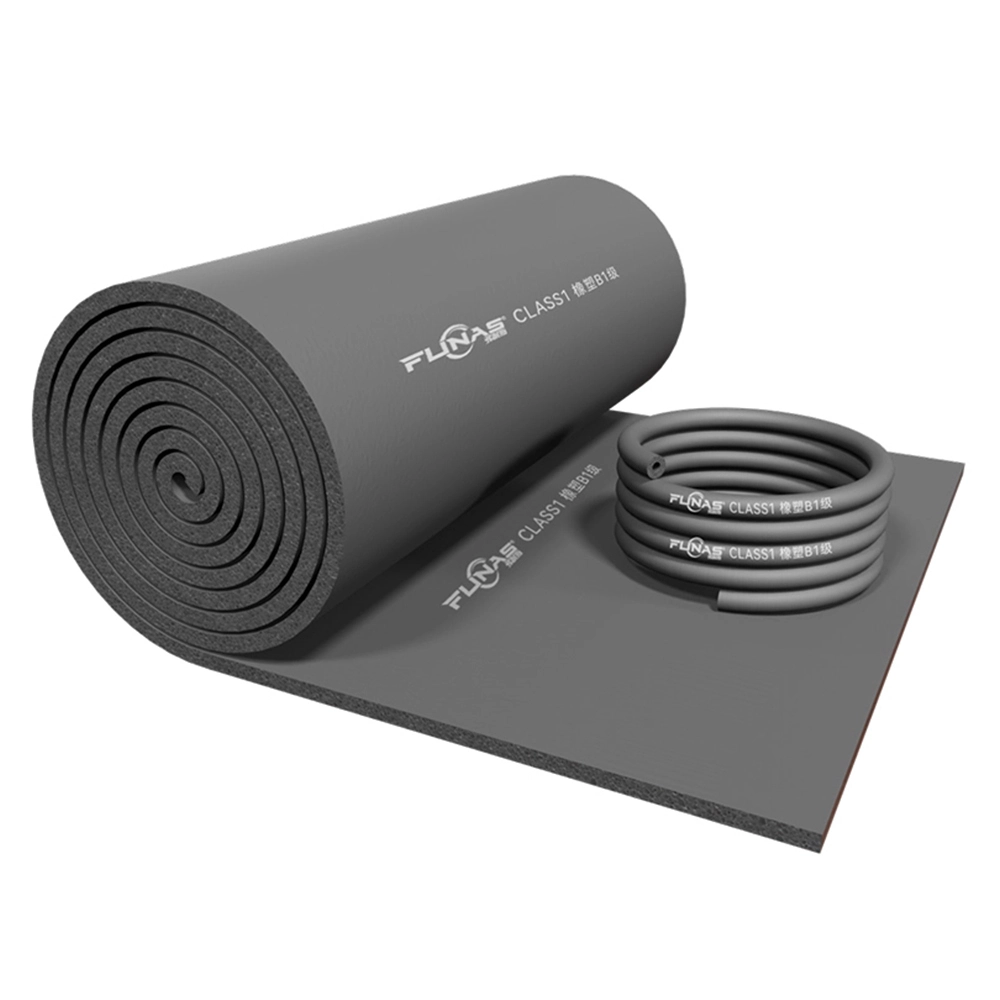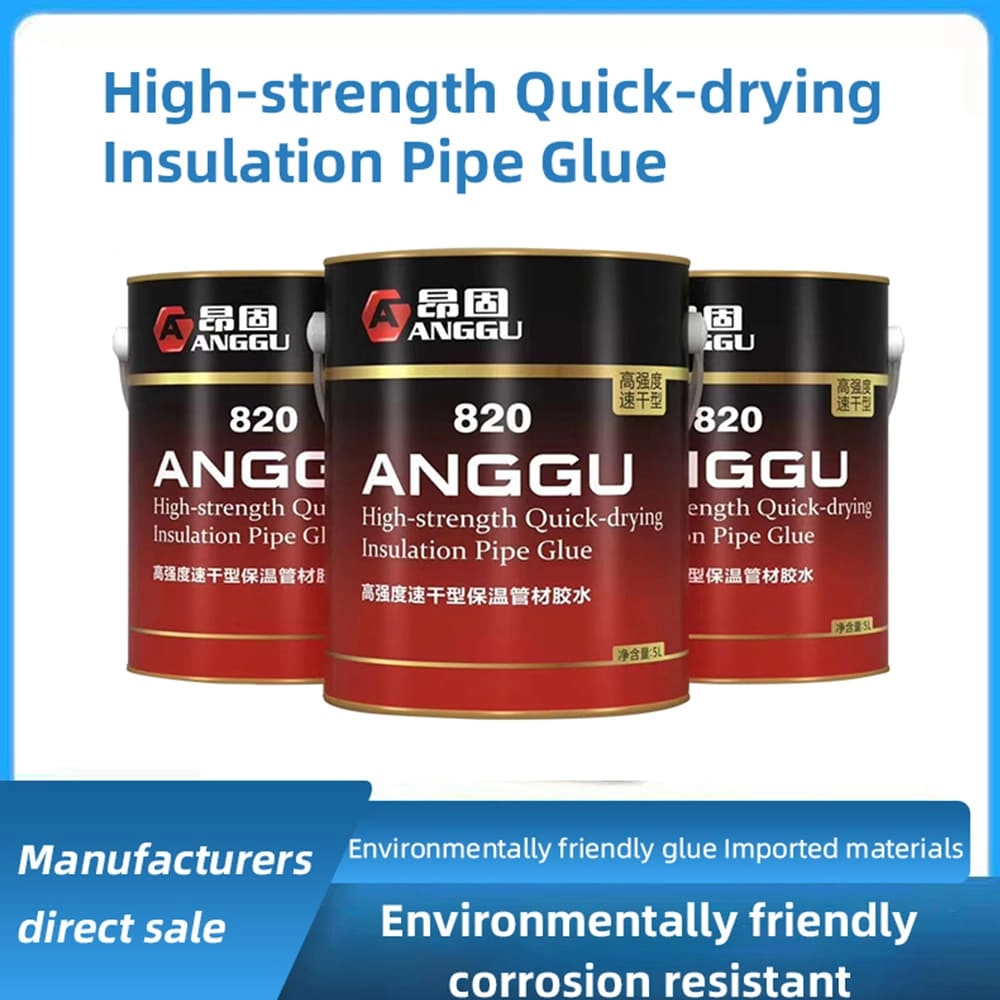When to use mineral wool versus fiberglass insulation? | Insights by FUNAS
Explore the key differences between mineral wool and fiberglass insulation to make informed decisions for your thermal insulation needs. Learn about thermal performance, fire resistance, moisture control, soundproofing, and cost considerations.
- When to Use Mineral Wool vs. Fiberglass Insulation: A Comprehensive Guide
- 1. What Are the Thermal Performance Differences Between Mineral Wool and Fiberglass?
- 2. How Do Mineral Wool and Fiberglass Compare in Fire Resistance?
- 3. Which Material Offers Better Moisture Resistance?
- 4. How Do Mineral Wool and Fiberglass Perform in Soundproofing?
- 5. What Are the Cost and Availability Considerations?
When to Use Mineral Wool vs. Fiberglass Insulation: A Comprehensive Guide
When selecting insulation materials for your building, understanding the differences between mineral wool and fiberglass is crucial. This guide addresses common questions to help you make an informed decision.
1. What Are the Thermal Performance Differences Between Mineral Wool and Fiberglass?
Thermal performance is measured by the R-value, which indicates a material's resistance to heat flow. Higher R-values signify better insulation.
Mineral Wool: Offers an R-value of approximately 3.0 to 3.3 per inch of thickness. For instance, a 3.5-inch thick mineral wool batt provides an R-value of about R-15.
Fiberglass: Provides an R-value ranging from 2.9 to 3.8 per inch. A 3.5-inch thick fiberglass batt typically offers an R-value of R-13.
Recommendation: For superior thermal insulation, mineral wool is preferable due to its higher R-value per inch.
2. How Do Mineral Wool and Fiberglass Compare in Fire Resistance?
Fire resistance is vital for building safety.
Mineral Wool: Non-combustible with a melting point up to 2,000°F (1,093°C), making it suitable for areas requiring high fire resistance.
Fiberglass: Also non-combustible but has a lower melting point around 1,200°F (649°C).
Recommendation: For enhanced fire protection, especially in exterior walls or areas with high fire risk, mineral wool is the better choice.
3. Which Material Offers Better Moisture Resistance?
Moisture resistance is essential to prevent mold and maintain insulation effectiveness.
Mineral Wool: Naturally hydrophobic, it does not absorb water and resists mold growth.
Fiberglass: Susceptible to moisture absorption, which can lead to mold and reduced thermal performance.
Recommendation: In damp or humid environments, mineral wool provides superior moisture resistance.
4. How Do Mineral Wool and Fiberglass Perform in Soundproofing?
Effective soundproofing enhances comfort and privacy.
Mineral Wool: Denser structure offers better sound absorption, with Sound Transmission Class (STC) ratings between 45 and 52.
Fiberglass: Less dense, resulting in lower STC ratings, typically around 39 when added to standard walls.
Recommendation: For superior soundproofing, especially in commercial or residential settings where noise reduction is a priority, mineral wool is advantageous.
5. What Are the Cost and Availability Considerations?
Budget and material availability are practical considerations.
Mineral Wool: Generally 20-50% more expensive than fiberglass due to manufacturing processes.
Fiberglass: More cost-effective and widely available in various forms.
Recommendation: If budget constraints are significant, fiberglass may be more suitable. However, for projects where performance is paramount, investing in mineral wool can offer long-term benefits.
Conclusion
Choosing between mineral wool and fiberglass insulation depends on specific project requirements. Mineral wool excels in thermal performance, fire resistance, moisture control, and soundproofing, making it ideal for areas with high demands in these aspects. Fiberglass offers a cost-effective solution suitable for general applications where these factors are less critical.
About FUNAS
FUNAS is a leading provider of high-quality thermal insulation materials, offering a range of products tailored to meet diverse building needs. With a commitment to performance, safety, and sustainability, FUNAS ensures optimal insulation solutions for every project.
SEO Title: Mineral Wool vs. Fiberglass Insulation: Key Differences Explained
SEO Description: Discover the differences between mineral wool and fiberglass insulation to make informed decisions for your building's thermal performance, fire resistance, and more.
Keywords: mineral wool insulation, fiberglass insulation, thermal performance, fire resistance, moisture resistance, soundproofing, insulation cost, FUNAS

The Ultimate Guide to Glass Wool Insulation 2026

Top 10 Foam Rubber Sheet Manufacturers for Insulation & More

Top 14 Rock Wool Panel Brands: Expert Guide for 2026

Top 10 Insulation Adhesives for Heat & Soundproofing 2026
FAQ
What is the typical delivery time for custom orders?
Our daily production capacity is 800 cubic meters. Delivery time varies depending on the complexity of the insulation material wholesale order, but we can deliver large quantities of customized products within 4-6 weeks after the approval date, and small quantities can be delivered within 15 days.
Can your insulation products be customized?
Yes, we offer customized solutions for insulation material wholesale to meet the specifications of your project, including custom specifications, sizes, foils and adhesives, colors, etc.
How to start a consultation?
You can contact us through our website, phone, or email. We will arrange a professional staff to discuss your needs about best thermal insulator and how we can help you.
service
Are your rubber foam products environmentally friendly?
Yes, our insulation products are designed with sustainability in mind. They help reduce energy consumption by minimizing heat loss and gain, and they are made from durable materials that have a long life cycle, reducing the need for frequent replacement.
You might also like

Wholesale Roof And Wall Thermal Heat Insulation 50mm Thickness Aluminum Foil Fiberglass Insulation Roll Glass Wool
Glass wool is the molten glass fiber, the formation of cotton-like material, chemical composition belongs to the glass category, is a kind of inorganic fiber. With good molding, small volume density, thermal conductivity both, thermal insulation, sound absorption performance is good, corrosion resistance, chemical stability and so on.

138°High-temperature universal adhesive
This product has passed the EU REACH non-toxic standard and ROHS non-toxic standard. (This product is a yellow liquid).
Anggu 138°high temperature universal glue is a high-end product, with high viscosity, slow drying, curing of the adhesive layer, and a maximum resistance to continuous temperature of 138℃.

Special adhesive for insulation nail
This product has passed the EU REACH non-toxic standard and ROHS non-toxic standard. (This product is a yellow liquid).
Anggu insulation nail special adhesive is a adhesive with high viscosity, slow drying, aging resistance, high strength, and excellent brushing performance; The special adhesive for insulation nails has a slow drying speed and strong adhesion to the iron sheet. It can be flexibly moved during construction, and has a strong bonding force after curing, low odor.and is non-toxic.

Blue Rubber-plastic Tube Rubber foam pipe wholesale
Leave a message
Have any questions or concerns about our products? Please leave us a message here and our team will get back to you promptly.
Your queries, ideas, and collaboration opportunities are just a click away. Let’s start a conversation.


















































